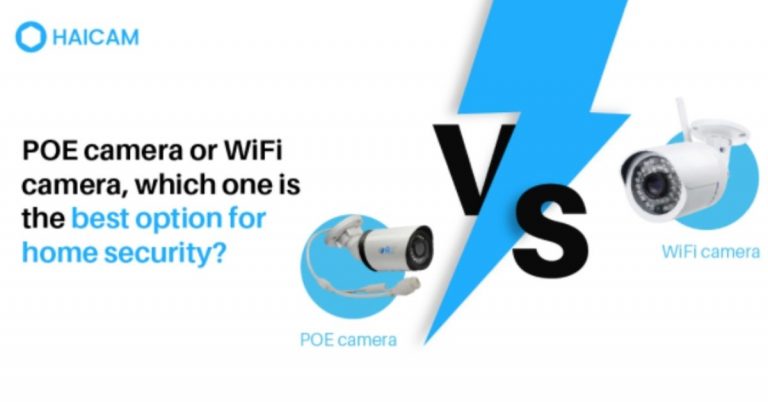With the development of technology, video surveillance has become an effective method of securing our homes or businesses and keeping our loved ones safe.
It is crucial to get familiar with all the features of the components in the surveillance system, how they function, and how they are connected. We usually assign installation to the surveillance contractor and even give maintenance contracts to get away with any issues encountered in the future.
We are spending money on a surveillance system to ensure that we have proof of events that can help investigators nail down the perpetrator. Our responsibility is to check the working of the system that we have installed and understand what makes it work. We should think about the pros and cons of each of the components before we purchase them for our surveillance system. It will be helpful to know what is not working, why it is not working, and how it can be fixed when you do it yourself.
Surveillance cameras based on their connectivity are divided into three types.
Power over Ethernet (PoE) camera, WiFi camera, and wireless camera
- The power over ethernet technique transmit both data and power through a single power cable. The surveillance system is connected with power cables, video transmission, and the internet.
- IP cameras with built-in PoE technology need power from the PoE switch to send video records to the network.
- WiFi camera connects to WiFi signal that connects the device with internet, transfers data from device to storage servers, still needs wired power to keep them charged.
A comparison between PoE versus WiFi cameras will explain which one is better for your installation.
- Ease of installation – PoE camera needs only a single power cable that transmits both power and data making it easy to set up a PoE camera. WiFi cameras are connected to WiFi networks and send recordings without any wires. WiFi cameras need a network specialist to verify that the connection is working and data is captured and stored in the desired destination during installation and maintenance.
- Speed of transmission – PoE technology adapts Cat5 /Cat6 patch cables to deliver 2.5 to 5 Gbps of data transfer over 100 meters. In such situations, continuous data transmission from more than 4 IP cameras will slow down WiFi signals and increase the load on the internet.
- Coverage – The PoE camera can cover up to 100 meters of distance, whereas the WiFi camera should be installed within 10 meters of router signal, with no future signal interference.
- Network security – WiFi camera is more prone to be intercepted by hackers or spoofing once destination device network address, the data format becomes available. PoE cameras are hard-wired. Their integration with settings/configurations with firewall and malware protection software will prevent the attempt from hackers.
- Managing Power – WiFi cameras rely on individual power management systems, whereas Installing an uninterrupted power supply (UPS) for power backup will protect PoE cameras.
- Pricing – With fewer tools and accessories, you can install WiFi cameras for surveillance. Still, PoE cameras require Ethernet cables, PoE cameras, and network switches compatible with PoE technology; hence PoE cameras are more expensive than WiFi cameras.
I hope the above comparison will help you decide which one of the cameras is suitable for your surveillance system making it more effective in capturing videos and images of the incidents.
Conclusion
The comparison of PoE cameras with WiFi cameras is based on the ease of installation for internet connectivity, range of coverage, network security, power management, and price. You can select based on what is vital in your case.
